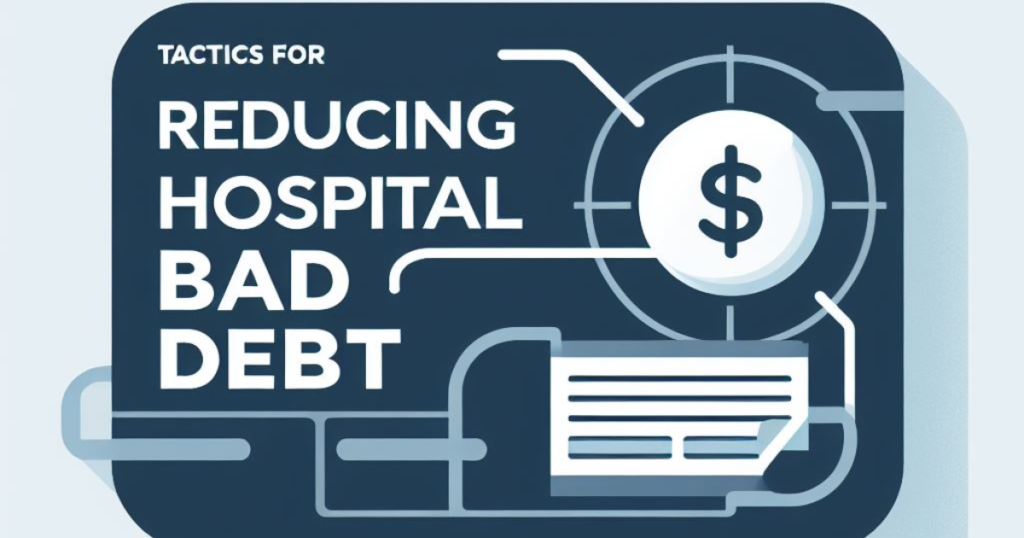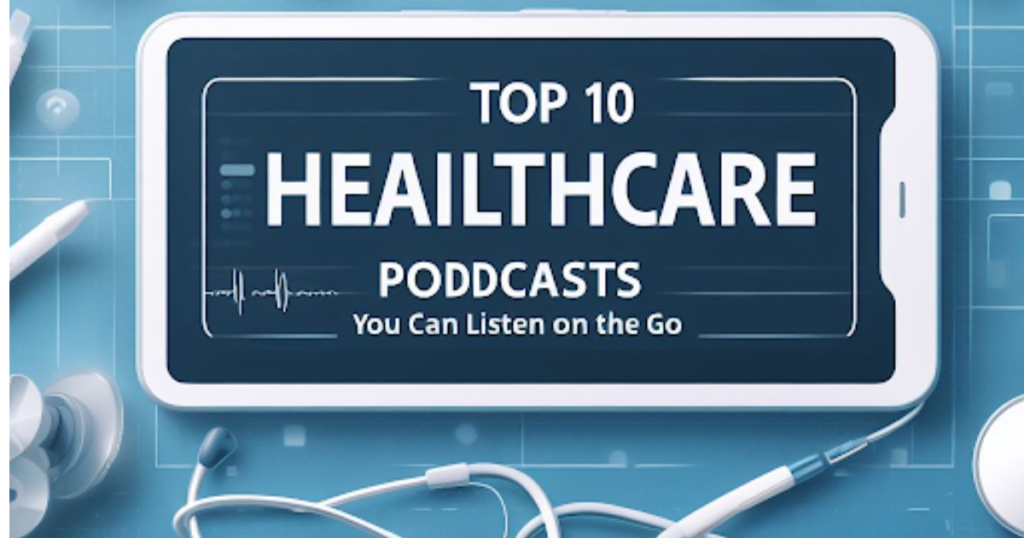
There are several different mental and emotional conditions that fall under the umbrella of behavioral health, and their significance to society cannot be understated. Despite this, the situation of behavioral health services today is far from ideal. People who need care the most are unable to obtain it due to several obstacles and challenges.
Behavioral health refers to the overall well-being of an individual’s mental and emotional state, as well as their ability to manage daily stressors and challenges.
For people to live full and fruitful lives, they must have good behavioral health. Additionally, it is essential to society’s general well-being. Without access to high-quality behavioral health services, people run the risk of developing chronic illnesses. And this can have a wide range of unfavorable effects, such as rising healthcare expenditures, reduced productivity, unemployment, and higher crime and homelessness rates.
Sadly, mental health care services are not currently in an ideal state, despite their significance. Many individuals find it challenging to get the care they require, and even when they do, the process can be prolonged and unpleasant.
The future of behavioral health credentialing lies in embracing technology to streamline credentialing and enrollment processes. By using innovative solutions, healthcare providers can improve the efficiency, accuracy, and speed of their operations, leading to better outcomes for patients and a more sustainable healthcare system.
The Problems with the Current Credentialing and Enrollment Process
People currently find it challenging to get the care they require since the procedure for enrolling and establishing patient credentials for behavioral health services is frequently drawn out and challenging. This could have detrimental effects on both their mental and emotional health as well as the health of society as a whole.
A. Lengthy and Complicated Process
The existing procedure for enrolling in behavioral health services can be time-consuming and difficult, with numerous processes and regulations that must be fulfilled before a patient can get care. A. Lengthy and Complicated Process Long wait times might result from this, which can be difficult for people who require medical attention right away.
B. Lack of Transparency and Accountability
Patients and care providers have limited access to information about the present process for enrolling and certifying patients in behavioral health treatments, which is frequently complex. This lack of openness can make it challenging to monitor a person’s care development and can result in errors and misunderstandings.
C. Inefficient Use of Resources
The existing process for enrolling patients in behavioral health treatments is frequently resource-intensive and expensive to complete. This can be particularly difficult for healthcare professionals who are already under pressure, and it might limit their ability to help people who are most in need.
D. Significant Administrative Fees
The existing process for enrolling patients in behavioral health services and obtaining their credentials can be expensive, with high administrative costs attached to each stage of the procedure. These expenses might be particularly difficult for healthcare providers who already have limited funding.
The Benefits of Technology in Streamlining Credentialing and Enrollment
The use of technology in the credentialing and enrollment process has the potential to transform the way behavioral health services are provided. By embracing technology, healthcare providers can improve the efficiency, accuracy, and speed of their operations, leading to better outcomes for patients and a more sustainable healthcare system.
A. Enhanced Speed and Efficiency:
Using technology to expedite and boost efficiency in the credentialing and enrolling process is one of its key benefits. Healthcare practitioners can complete the procedure more rapidly, cutting down on patient wait times, by automating many of the manual tasks involved in it. This enables patients to obtain care more promptly. Further accelerating the process is the adoption of electronic systems for data gathering and management, which can greatly lower the chance of errors and blunders.
B. Increased Transparency and Accuracy
Improved accuracy and openness in the credentialing and enrolling process are significant advantages of adopting technology. Electronic data collection and management systems provide a transparent, real-time record of the status of a patient’s care, minimizing the possibility of errors and misunderstandings. The use of technology can also improve transparency and accountability by supplying patients and healthcare professionals with greater information about the enrollment process and the conditions that must be satisfied.
C. Reduction in Administrative Costs:
The process of enrolling and obtaining credentials can be made more efficient by using technology. Healthcare providers can conserve time and resources by automating many of the manual tasks required in the procedure, which also lowers the need for extra employees and lowers the risk of mistakes. Using electronic systems for data administration and gathering can also help to streamline processes, which lowers the overall cost of providing behavioral health care.
D. Better Patient Experience:
Lastly, utilizing technology during the enrollment and credentialing process can improve the patient’s experience. Patients are better able to comprehend and manage their care by shortening wait periods and offering more information about the procedure and the standards that must be satisfied. The adoption of electronic systems for data administration and collecting can also help to guarantee that patients receive the care they require when they require it, resulting in better results and a higher quality of life.
Examples of Technology Solutions in Behavioral Health:
The use of technology solutions in the behavioral health sector is transforming the way care is provided, from the use of electronic health records and telehealth solutions to automated credentialing and enrollment systems and AI-powered health assessments.
Telehealth Empowering Behavioral Health Specialists:
These are yet another crucial technological advancement in the field of behavioral health. Healthcare professionals can communicate with patients at any time and from any location by employing videoconferencing and other remote communication techniques. Lowering wait times and enhancing access to care facilitates patients’ access to care regardless of where they are. This can also enhance outcomes.
Automated Credentialing and Enrollment Systems:
In the behavioral health industry, automated credentialing and enrollment systems are crucial technological solutions since they make the process of enrolling patients in care more efficient. These systems can increase the efficiency and accuracy of the enrollment process, cutting down on wait times and increasing patient outcomes, by automating many of the human procedures required in the procedure.
AI-powered Health Assessments:
In the field of behavioral health, AI-powered health assessments are a cutting-edge technological solution. These systems can evaluate enormous volumes of patient data using cutting-edge algorithms and machine-learning methods to deliver precise and individualized health assessments. This knowledge can then be applied to create personalized treatment plans and enhance patient outcomes, significantly improving the quality of life for both patients and the communities they serve.
References
- The Office of the National Coordinator for Health Information Technology (ONC). (2021). The Benefits of Health Information Technology.
- The Substance Abuse and Mental Health Services Administration (SAMHSA). (2019). The Role of Health Information Technology in Improving Behavioral Health.
- The American Psychological Association (APA). (2021). Telehealth in Psychological Practice.
- The Healthcare Information and Management Systems Society (HIMSS). (2020). The Impact of Electronic Health Records (EHRs) on Patient Care.
- The Journal of Medical Systems. (2020). Automated Credentialing and Enrollment Systems: A Review of the Literature.
- The Journal of Artificial Intelligence in Medicine. (2019). AI in Healthcare: A Review of Applications and Challenges.




